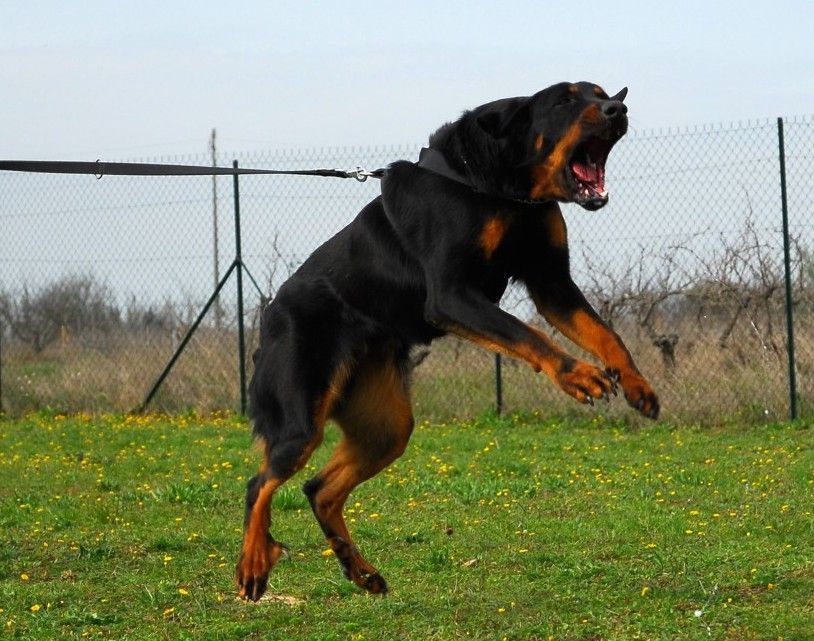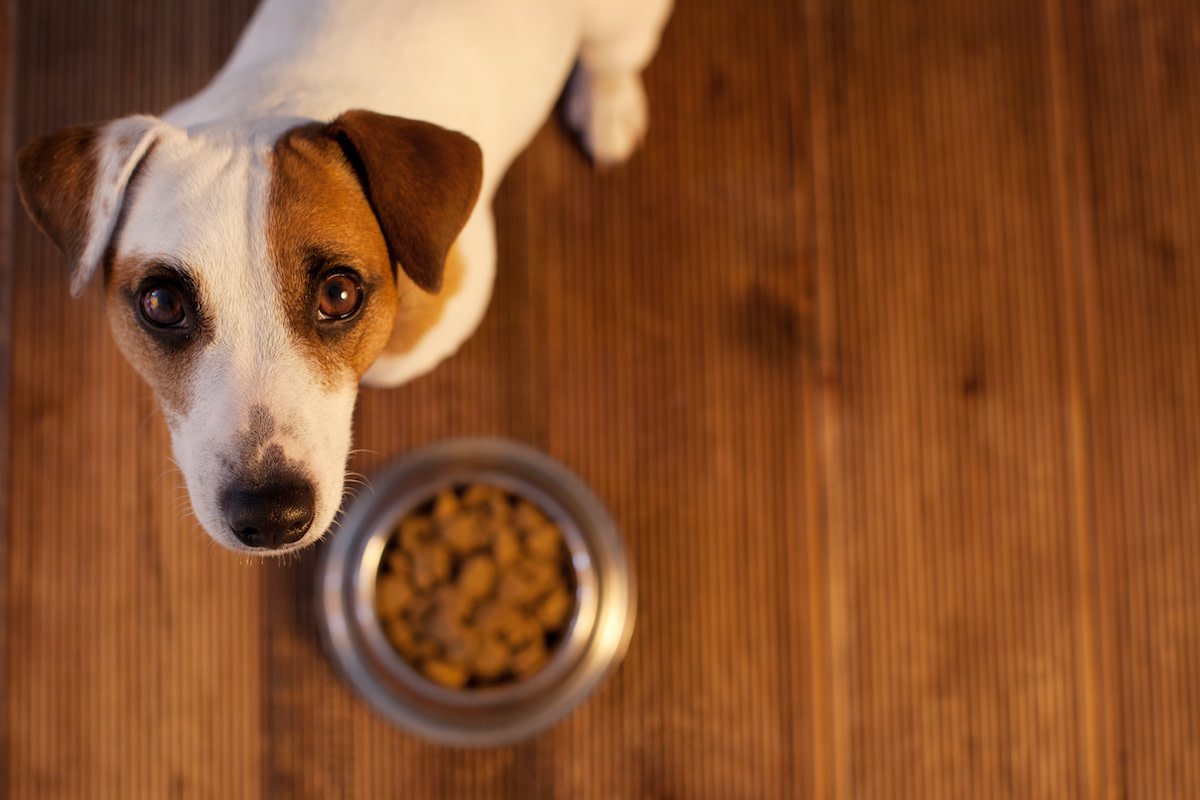As dog owners, we’re used to seeing our pups snoozing in cute but quirky positions. But have you ever wondered why dogs sleep on their backs with their bellies exposed? This leisurely lounging position may seem odd and vulnerable to us. However, there are several interesting reasons dogs sleep this way.
In this article, we’ll explore the meaning behind back sleeping in dogs. We’ll look at the possible explanations for this unguarded posture and when it can signal a potential concern requiring veterinary attention. Let’s dive in to the curiosities around doggie down time.
Why Do Dogs Sleep on Their Backs?
There are four main theories as to why dogs sleep in this belly-up position:
Comfort
Dogs have a flexible spine that allows them to arch and stretch into comfortable positions conducive to deep sleep. For some pups, conking out on their back is simply cozy.
Cooling Off
Flipping onto their backs can help regulate a dog’s body temperature. Exposing the belly fur to air circulation releases heat so they don’t overheat.
Signaling Safety
When dogs sleep on their backs, they are in a vulnerable position unable to quickly react to danger. This demonstrates they feel fully secure in their environment.
Deeper Bond
Exposing the belly is also thought to represent dogs’ social bonding and trust with their human caregivers and canine companions.
So while back sleeping may look silly to us, it reveals dogs letting their guard down in a safe space. It’s a sign they feel protected and comfortable.
Certain Dogs Prone to Back Sleeping
While any dog can snooze on their back, some breeds and demographics tend to sleep belly-up more frequently, including:
- Puppies – Less aware of vulnerabilities
- Senior dogs – Have stiffness or pain lying in other positions
- Heavier set breeds – Difficulty getting up; heat relief
- Dogs in warm climates – Maximizes cooling
- Secure dogs – Less threat awareness
- Trusting dogs – Feel safest with owners nearby
So if you have a particularly social, easygoing, hot or stiff dog, you may find them logging extra z’s in the upside-down position. But always ensure this posture isn’t signaling any medical conditions.
When Back Sleeping May Be a Concern
Though frequently completely normal, back sleeping could sometimes indicate an underlying issue requiring veterinary attention, such as:
Bloat
The swollen, twisted stomach of bloat distends the abdomen, forcing dogs onto their backs. Requires urgent treatment.
Pain or Injury
Discomfort may cause dogs to sleep in unusual positions for relief. Neurological issues can also impair movement.
Incontinence
Some incontinent dogs deliberately sleep on their backs allowing urine to flow away from their bodies. Signifies loss of control.
Overheating
While cooling is the intent, a back-sleeping dog panting heavily with brick-red gums could be dangerously overheated.
If back sleeping seems abnormal for your individual dog or is accompanied by concerning symptoms, contact your vet to be safe. But in most cases, it’s simply Rover relaxing without a care in the world.
Tips for Safe and Restful Back Sleeping
To make this exposed snoozing position most comfortable and lower any risks:
- Ensure the floor is well padded – use blankets, dog beds, rugs. Hard surfaces can cause nerve damage over time.
- Gently reposition to their side if back sleeping exceeds 30 minutes – avoids restricted blood flow.
- Monitor for any signs of respiratory distress – uneven breathing, noisy panting.
- Keep the ambient temperature controlled – not too hot or cold.
- Rule out any underlying conditions, especially in senior dogs.
- Let sleeping pups lie – don’t startle or force them to move suddenly.
- Take pictures of the silly sleeping posture to share with friends!
Back sleeping might look awkward, but for most dogs it represents total comfort and contentment. Understanding this endearing habit just adds to decoding your best friend’s behaviors. With proper precautions, you can let your pooch log some quality upside-down ZZs.
Common Back Sleeping Questions
Why does my dog twitch his legs when sleeping on his back?
It’s likely just dreaming, similar to human REM sleep. If frantic or prolonged, could signal seizure activity requiring veterinary attention.
Is back sleeping safe for puppies?
Healthy puppies can safely sleep on their backs, but be sure to provide soft bedding. Supervise young pups to ensure proper breathing.
Why does my dog only sleep on his back at night?
The posture may feel most comfortable at the end of an active day. Darkness also adds an extra feeling of security and relaxation.
How can I teach my dog to sleep on his back?
You can’t force the behavior, but praising back sleeping and providing cozy beds may encourage it in dogs who like the posture.
What does it mean if my dog stops sleeping on his back?
A sudden change in sleeping position could mean illness, pain, or age-related stiffness has arisen. Check with your veterinarian.
While back sleeping isn’t for every pup, it’s perfectly normal for those drawn to snoozing upside-down. Just take simple safety precautions and enjoy the cute belly-up moments. Sweet dreams!


